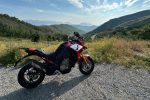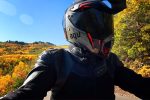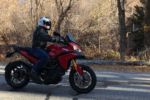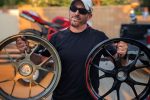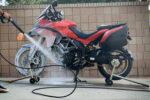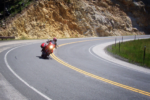Why Street Riders Need This Track School
Street riders sometimes think that a track-based riding school wouldn’t be applicable to them, and in many cases, they are correct. But after taking the online Champ U online courses, I suspected that the Yamaha Champions Riding School might be different. So we made our way to Inde Motorsports Ranch to see for ourselves.
In this video, I’ll discuss why track time is so valuable for street riders, but also, why Yamaha Champions Riding School was unlike anything I’ve seen before. Not only did the YCRS do things differently compared to many of the other track riding schools I’ve attended, they presented information in a new and far more understandable way than I’d ever seen. As a result, I was able to improve my personal riding in ways I hadn’t expected.
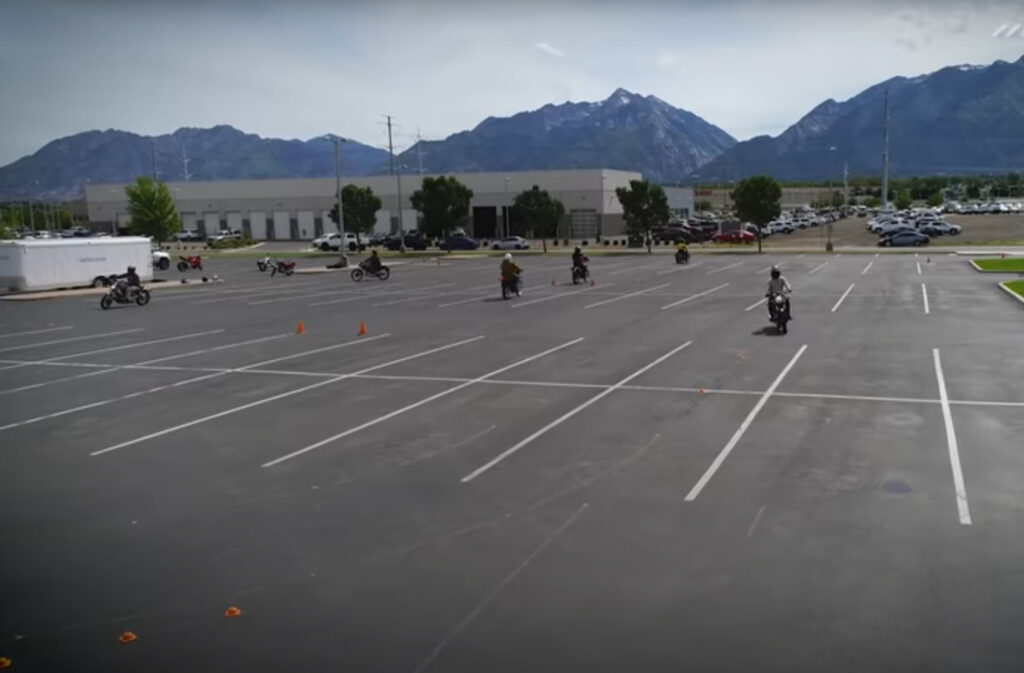
There is a point where parking lot drills simply stop being relevant. Techniques that may work fine in second gear on a giant pancake of asphalt can very often crumble when confined to the width of a lane of traffic and at real-world speeds. Many years ago I was asked to help the Utah Highway Patrol with their high-speed cornering skills, yeah, they had mastered cone drills with remarkable ease, but those cone skills simply did not translate into real-world situations, like downhill, blind corners, where despite all their training and confidence, they really wanted help reducing risks during high-speed pursuits.
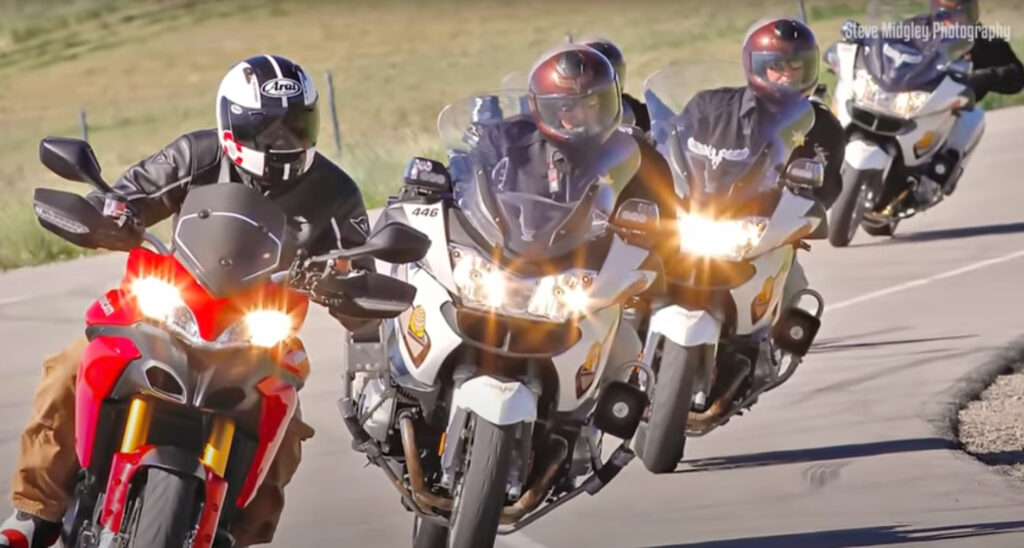
Now, I’m not saying that parking lot drills are worthless. Not at all. Parking lot drills are a great way to get started riding, build comfort on the bike or to learn specific skills like braking, or whatever. But we’re not dying in parking lots. You don’t hear on the news how a rider died when they tucked the front during a parking lot cone weave. We’re dying out on the open highways and mountain roads, most often from running wide in corners. We need to be able to practice, not only in environments that mimic where we ride, but we need to be able to practice at the speeds we normally ride. After graduation from a parking lot riding course, at the end of that program you will be fully qualified to ride around in a parking lot in second gear. This is, fundamentally, why all of us will benefit from track time.
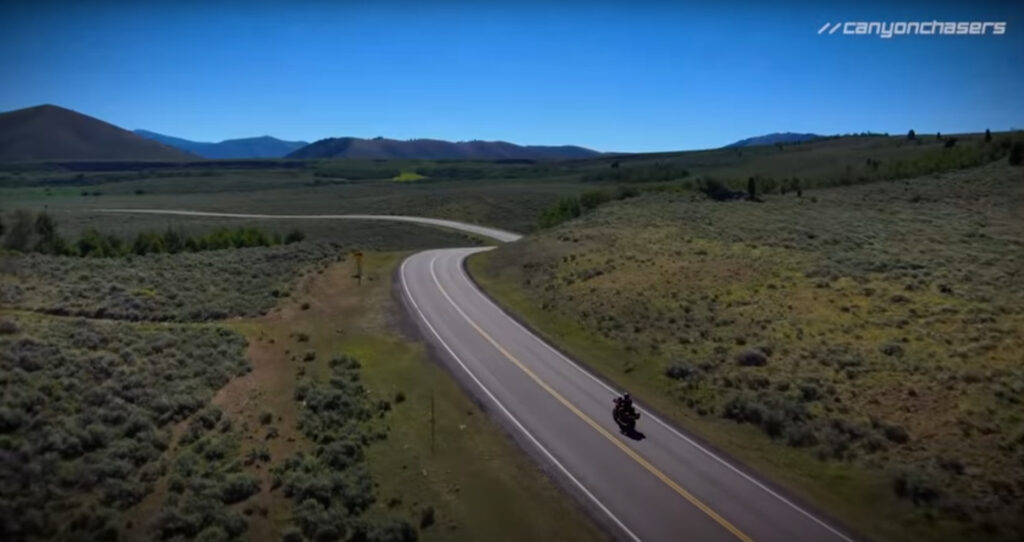
I’ve been taking track schools and riding track days for over 25 years and quite honestly, most track schools, despite how well they are run and even how reputable they are, all seem to have a couple of fundamental problems..
First, a whole slew of these schools are still teaching some pretty antiquated techniques, dare I say; techniques that have long been abandoned by the best riders in the world.
Second, most of the ones I’ve attended are so focused on racing that it’s hard to relate it back to the street rider. This often reveals itself right from the beginning when they teach the track. When I go into this specific corner, line up on this specific spot, brake until here, turn in here, get back on the gas here. By the end of the day, sure, I’ve gotten a whole helluva lot faster and I feel great about my progress. While this can be effective at helping us become more comfortable at speed and understanding what our bike is capable of and all that, which has it’s value, it can be really hard to translate those track and corner-specific points back to our street riding. This is why, most of the time I recommend street riders just do a couple of track days. A lot of the track schools I’ve attended didn’t really relate to the street rider in me.
However, after going through the Champ-U online courses, I had the suspicion that Yamaha Champions Riding School might be a little bit different. So we loaded up the truck and made our way across the full-throttle desolation of the American southwest to find out.
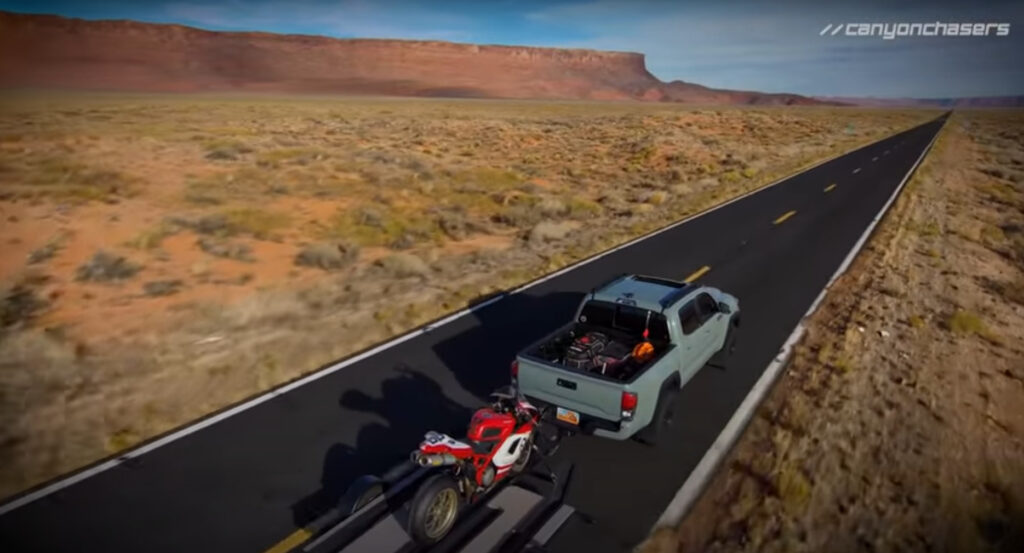
Now, listen… I’m going to let you street riders in on a pretty guarded secret. You ready? A racetrack… all it really is… It’s just a road like any other, only it loops back on itself. Thats it. The laws of physics don’t suddenly change when you are on a track, techniques that work on a track don’t suddenly stop working in your favorite canyon, and your motorcycle certainly can’t tell the difference between a decreasing radius, downhill left hand bend on a track versus a decreasing radius, downhill left hand bend in your local canyon. Think of a racetrack as your ten most favorite corners placed back to back over and over and over again, only without any oncoming traffic and no police and no tree’s or guardrails to run into. A track is just an environment that allows us to practice real-world riding with a drastic and significant reduction of risk.
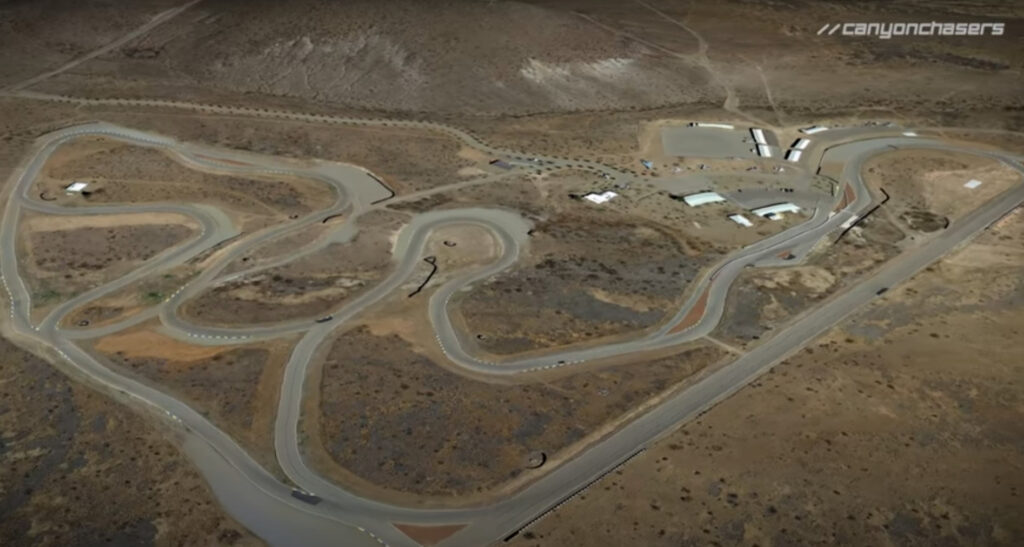
And this is why, no matter the kind of bike you ride and no matter how quickly or conservative you like to ride, if you enjoy twisty roads, you will benefit, a lot, from track time. The track provides learning opportunities that a parking lot never can, at significantly less risk than road riding because of the controlled nature of the track and the safe run-off zones that tracks have built into them.
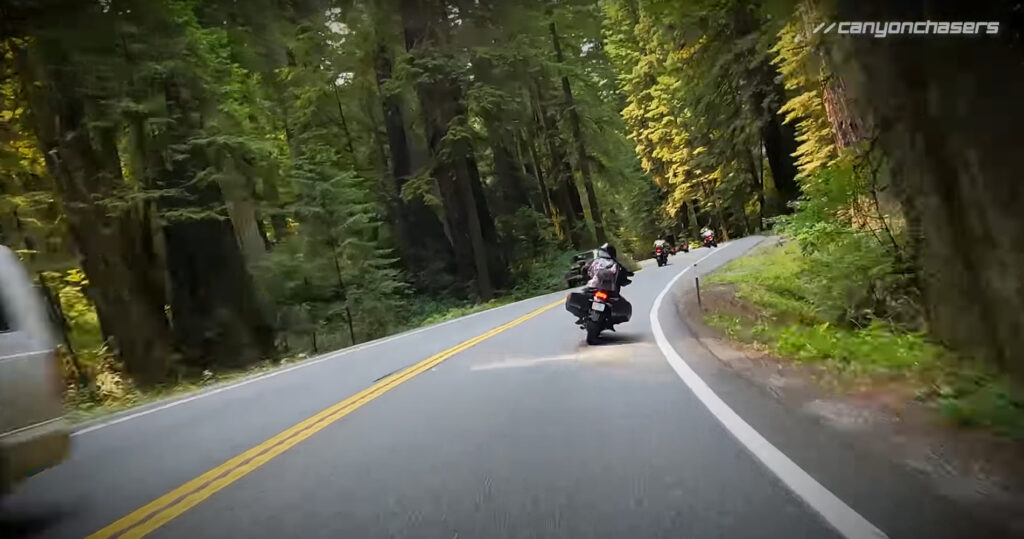
What made the Yamaha Champions Riding School so different? Well, a few things really stood out to me..
Their entire approach is unlike anything I’ve seen. At their core, everything they teach is data driven. The assumption is that motorcycles are designed by expert riders, and so they teach the techniques expert riders use to ride the bike the way it was designed to be ridden. They use racers and test riders as the benchmark. Why? because it’s the pointy end of the stick and its measurable. Looking at someone who only rides on warm, dry, Sunday mornings doesn’t tell us as much about not crashing as professional riders who are pushing the limits.
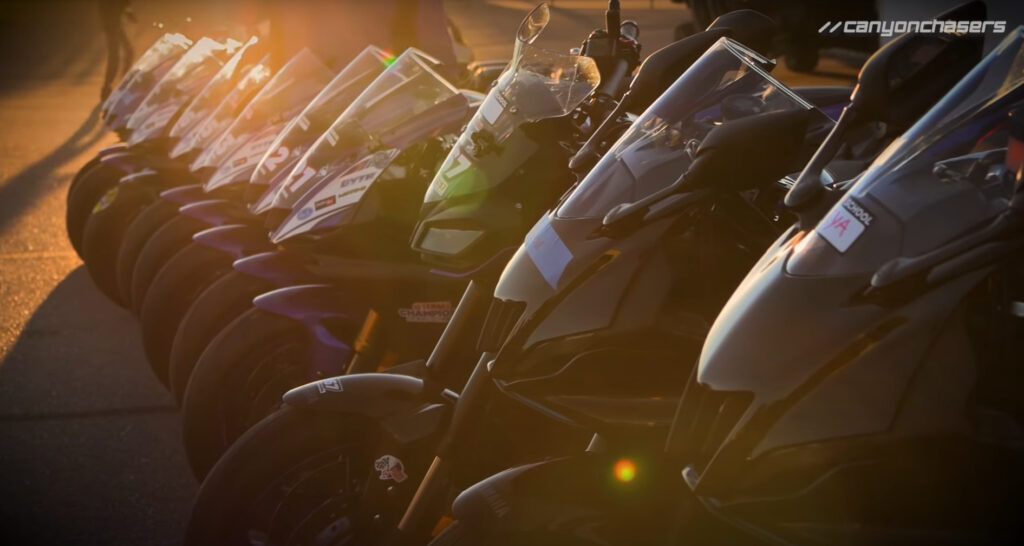
Additionally, they teach for the rider you will become, not the rider you are today. Let me explain. Most programs have levels or tiers to teaching. Yamaha Champ’s doesn’t. They stick to a handful of fundamental skills that none of us will probably ever be able to master, but can be implemented with higher levels of precision. I absolutely love this.
If we look at the entire field of MotoGP and World Superbike Racers. All the riders who are winning and not crashing all look about the same. They all sit on the bike basically the same, their feet are in the same place. How they move with the bike entering and exiting corners is all basically the same. One could say, they all have the same style because those things aren’t riding style choices, they are proven techniques. Top tier racers don’t care how they look on the bike or any of that. They want to win titles. And the best way to win titles is to finish all their races on the podium. There isn’t any room for individual style or any technique that slows them down or increases the chances of falling down.
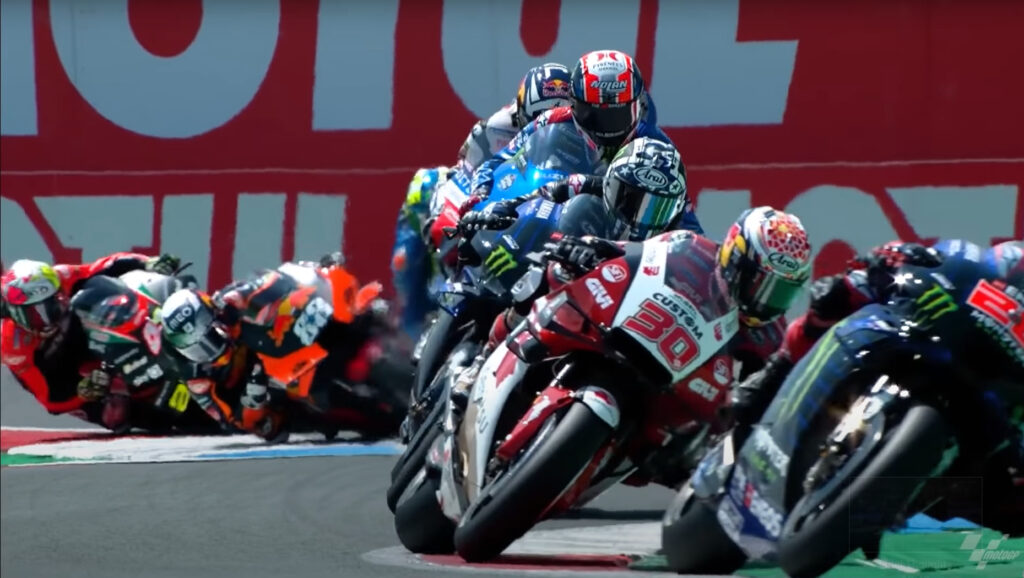
Their title-winning techniques are the ones we need to be learning and using which is where Yamaha Champions Riding School builds their curriculum from.
Finally, one of the things that really stood out to me about Yamaha Champions Riding School, aside from the really long name, is that all of the coaches are also street riders. Yes, we are absolutely using the same techniques on the street, but there are some minor differences in how exactly we may implement them in their different environments, which they pointed out. On the street, we’re interested a lot less in outright speed and much more concerned about reducing risk and enhancing visibility. YCRS understands this and talks about it a lot..
They’ll explain how entering corners late is an awesome street technique because it gives us more visibility, but on the track, in some types of corners, entering late might not be the fastest way through that kind of corner. The beauty of this is it teaches us, the riders, the difference and gives us the ability to make those decisions in our own riding based on our situation.
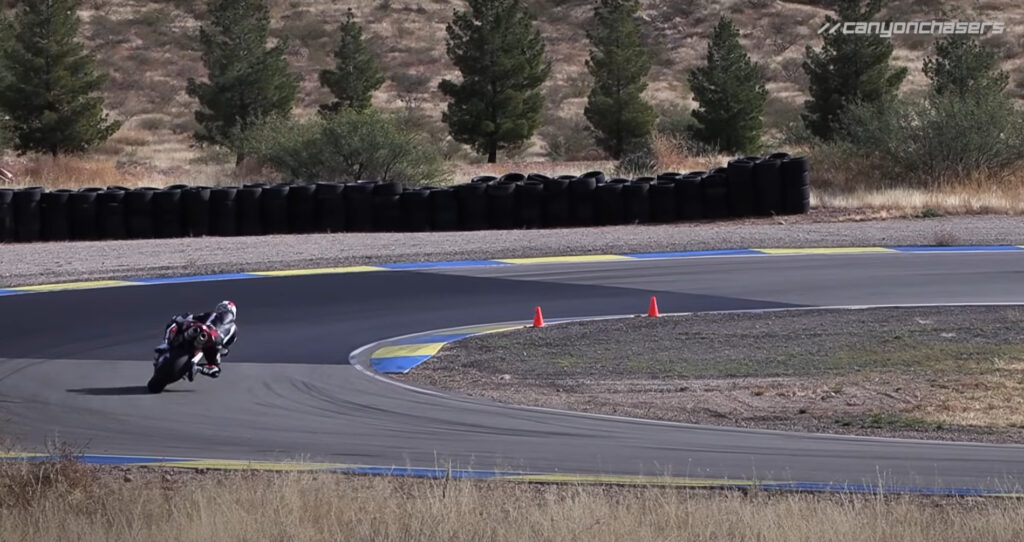
Teaching how to read corners, not just teaching the track, is far more helpful than teaching a specific track corner by corner. It teaches us how to ride any corner. I’m sorry, I’m getting a little excited here because this is the way, man. On a track we can get away with learning the dance moves or how to ride each specific corner on that specific track Or learning those seven corners. On the street we can’t afford to ride by rote. We need to know how to ride any corner at any time in any kind of condition – especially corners we’ve never seen before and may never see again. What I loved about this program is that it is objective based. Like, the objective is to get the bike turned, stay in your lane, get a fast and safe exit. In 25 years of different kinds of track schools I’ve never seen anything quite like this.
So I want to talk about what I learned, because I’m pretty excited about it. And this is the awesomeness of getting face-to-face coaching. Someone is looking at us, seeing exactly what we are doing. In my case, I wanted to find more precision in my riding. I wasn’t always getting the bike exactly where I wanted it all the time. This is what I went in looking for and exactly what I came away with.
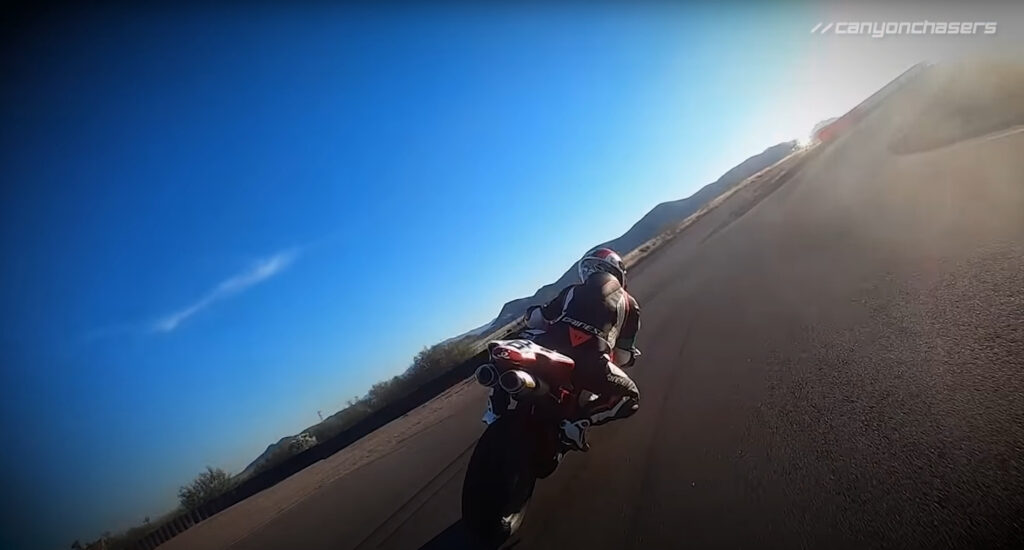
You see, when I was at pace, carrying a lot of lean angle, I would get nervous and I would give up on the brake too soon – because, for a lifetime I was taught to be afraid of my brakes in corners. I knew I needed to stay with the brakes, I knew that when I gave up on them, the bike stopped turning and maintained its radius and as a result the bike wouldn’t end up exactly where I wanted. The coaches worked with me on this, made me focus a lot more on how long I was braking and how I was releasing my brake lever – they made me focus a lot on that last five percent of braking. They really worked with me on the concept that I shouldn’t be afraid of my controls, but to be afraid of abruptness. It was awesome.
For someone like me who has been doing this for so long, to get such personalized help that was so specific to my situation. Man… I’m telling you guys. This has not normally been my experience. When you ask a question that isn’t in the curriculum you normally get a blank stare or a “hmm, i’ll get back to you on that” and then they never do. But here, the answer was right there when I asked for it. And when you go, you’ll have the same experience. They will have that pearl that is specific to you and what you are looking for.
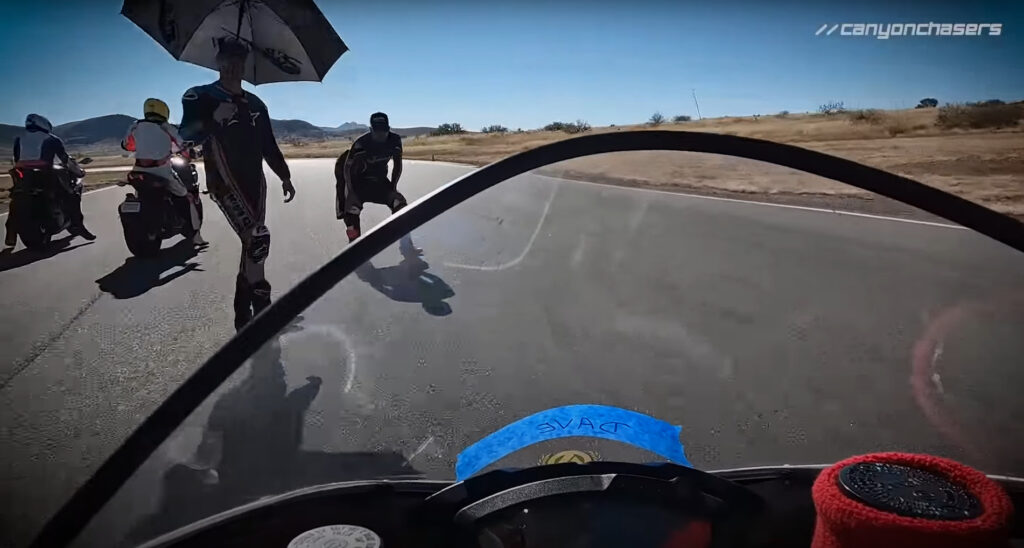
I’ll tell you this, as someone who has coached for well over twenty years now, I tried to be the student that I like to see. I’m not overly impressed with a fast student, but I am impressed with an honest one. So yeah, I could have ridden a little slower than I normally like to ride and given them a closer to perfect lap so that I’d get lots of “good job” and “nicely done”, but I wanted to be honest. I rode at the pace I like to ride so I would make the same mistakes I tend to make. I wanted the flaws in my riding to be visible. Especially flaws that I may not be aware of. I thought I was pretty good at releasing the brake gently, but that turned out to be one of the biggest flaws we worked on. How cool is that?!?
This whole venture started off when I took the Champ U online course and reported back to you guys about how impressed I was with it. Attending Champ U helped me get the most out of the face-to-face program by being familiar with their language and techniques., I was able to dive into the riding parts of the school more prepared to be coached and more capable of trying their methods.
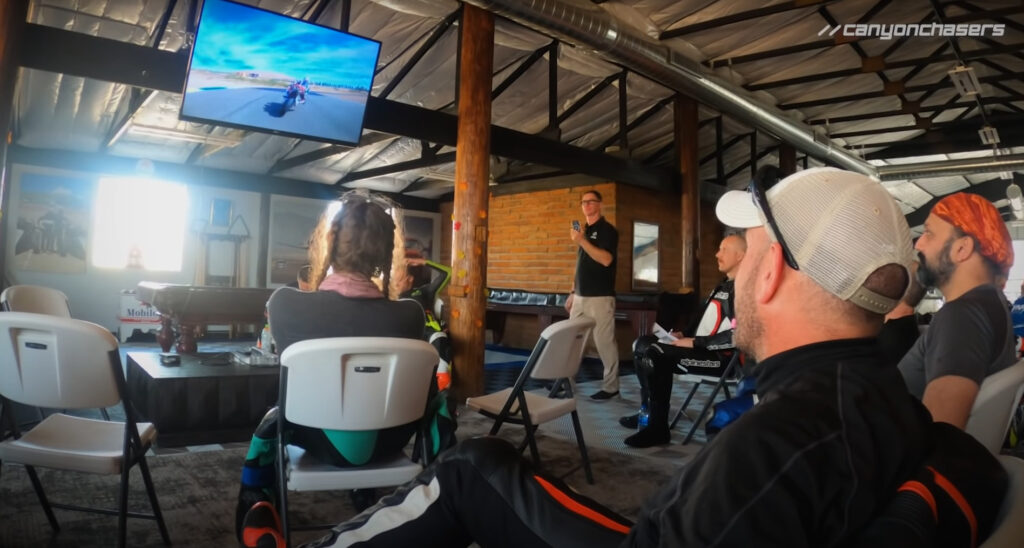
And finally, yes, the program isn’t exactly cheap. It’s an investment in yourself to be sure. But you can also reduce the cost of the program by riding your own bike. You don’t have to rent one of theirs. And you don’t have to ride a superbike. Seriously, just looking at the bikes in the school I attended. You can ride your bike in their program no matter what kind of bike it is. I love that, because I love all kinds of bikes, not just the ones wrapped in plastic.
Listen, I’m not affiliated with anyone. I’m not compelled to say nice things about anybody or anything and typically, my approach has been that if I don’t like something, I just don’t bring it up. I don’t have to support a curriculum I don’t agree with just to maintain my certification, in fact I’ve not hidden the fact that I believe that motorcycle education, across the board, is lacking. Some really great programs are teaching some really questionable techniques. But I will openly sing the praises of the stuff that I think is great. And, no holds barred, the Yamaha Champions Riding School is great.
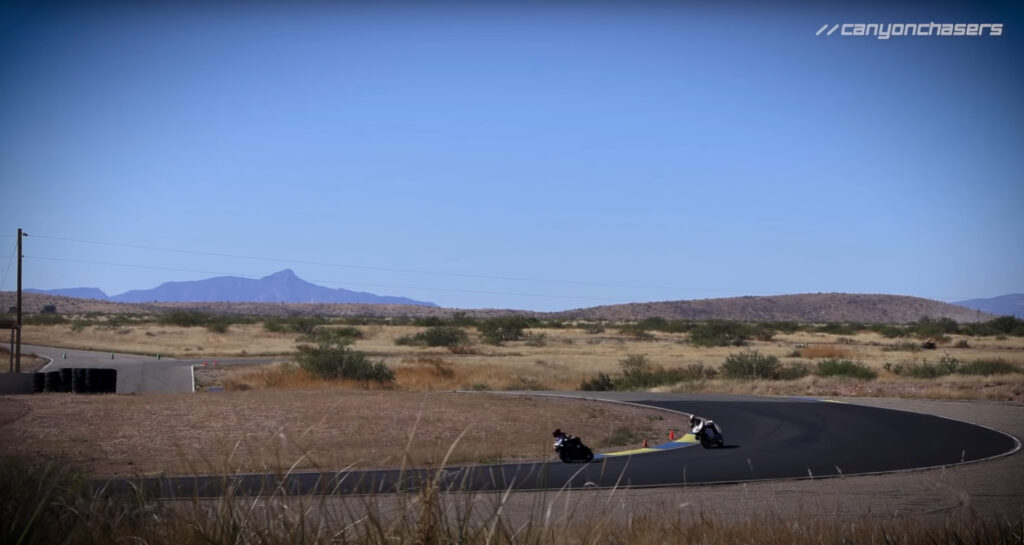
Yes, I was able to pass through one of my own personal plateaus and got a fair bit quicker. But getting quicker was a byproduct of implementing a very specific plan into every corner that prioritized reducing risk, or staying upright, over everything else. Yes, we may be slower in some places, but the YCRS plan of attack focused those slow parts where the risk is greatest so that we could be faster in places where the risk is lower. It’s a genius perspective. It’s the perspective of championship winning racers, because crashing costs championships. On the street, crashing costs a helluva lot more.
